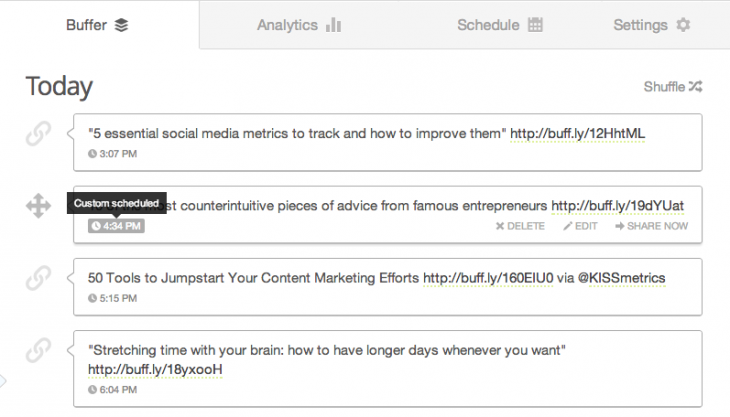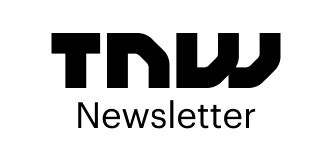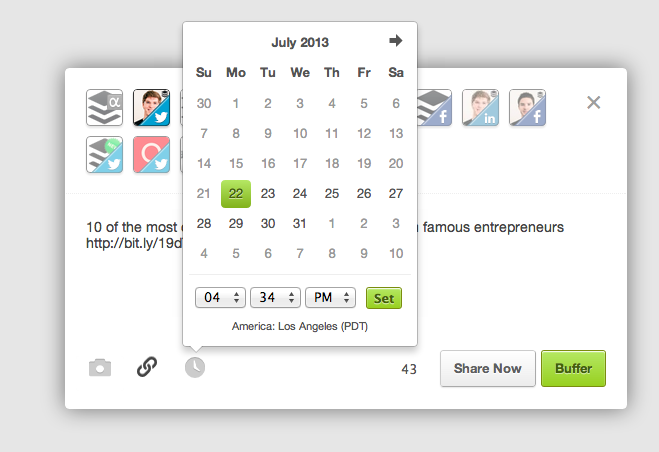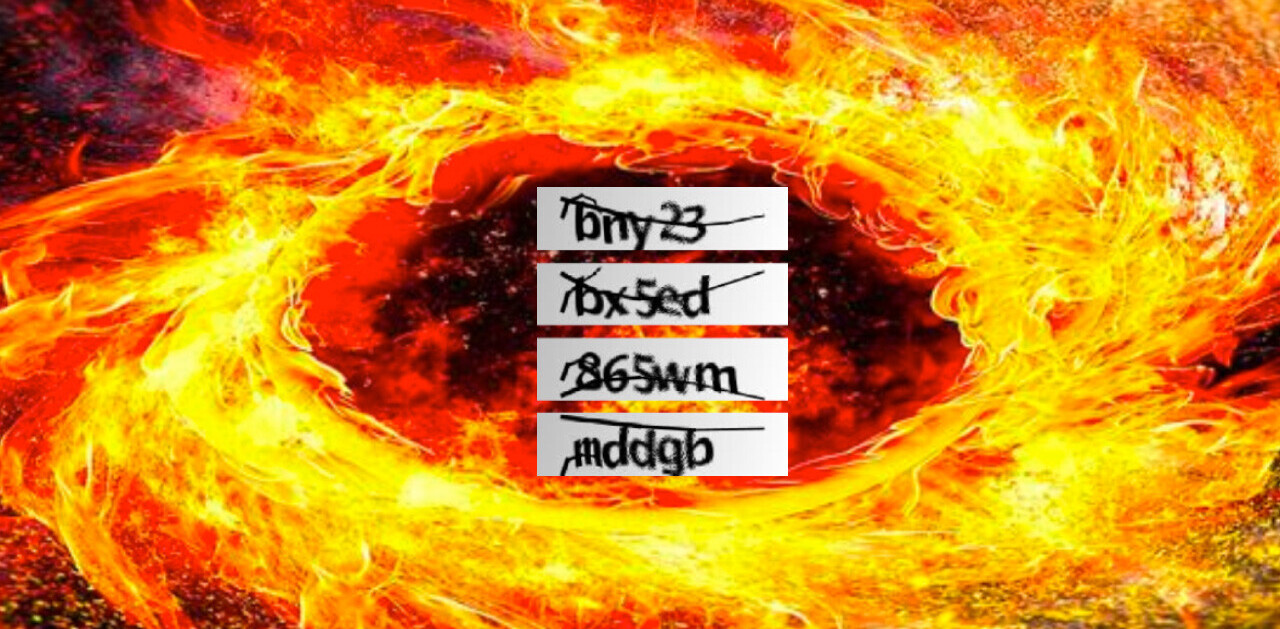
Buffer is evolving its browser extension, Web and mobile apps for scheduled social sharing in a huge way today, by giving its 850,000 users the ability to set specific, custom dates and times for individual status updates.
The service was originally designed to help people space out the content they publish on social networks such as Twitter, Facebook, LinkedIn and App.net. It’s all too easy to overwhelm friends and followers by blasting a dozen or so links at once, thereby frustrating other users and ultimately losing crucial engagement. The alternative, other than using more professional software such as HootSuite, was to save or bookmark this content and then just blindly hope that they’ll remember to post it agin later in the day.
Buffer streamlines this process by queueing posts and status updates for pre-set, equally spaced intervals throughout the week. The intervals themselves can be changed from the dashboard, but it’s rather difficult to set a specific time and date for individual posts.
Today, that all changes
While browsing the Web, a quick click on the Chrome extension triggers a pop-up box asking what accounts the user would like to share from, as well as whether they want to ‘Buffer’ the release for later in the day. Now, by clicking the clock icon in the bottom left-hand corner, users can also set the exact time and date they want it to go out.
The design is simple, smart and fast, offering users an effortless way of posting content at exactly the right moment. It also works when scheduling retweets directly from Twitter.com – a new feature launched in May this year – and is particularly useful for Buffer’s integration with Followerwonk, which notifies users of the optimal time to send a tweet.
Users can grab the custom scheduling option when sharing an image from the Web, as well as from the composer in the Buffer dashboard. The feature is also available in the latest version of the company’s Android app, and will be hitting the iPhone when the next update goes live in the coming days.
The Web-based dashboard is still the central point where users can review all of their scheduled and ‘Buffered’ posts though. It’s subtle, but the grey background and white text at the bottom of each update can be used to quickly differentiate between the two.

Watch this space. Buffer’s 850,000 users could grow rather rapidly in the next few months.
Get the TNW newsletter
Get the most important tech news in your inbox each week.






